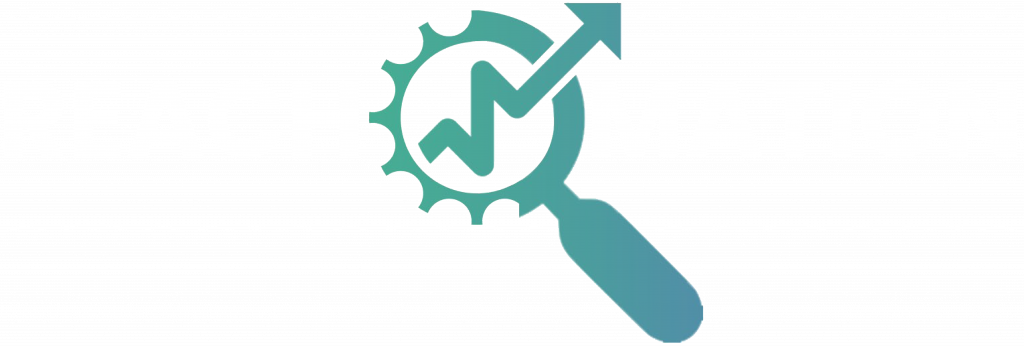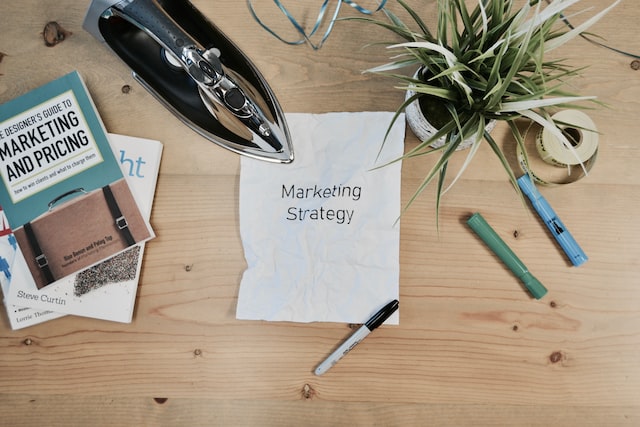Demand generation vs inbound marketing can be a tough topic to discuss as there are many aspects in both of them. Let’s see what each of these are. Then we will discuss the differences between them.
Demand generation
Demand generation refers to the process of identifying, nurturing and converting potential customers into paying customers. It is a key aspect of the sales and marketing process, and it is crucial for businesses of all sizes to master the art of demand generation in order to drive revenue and grow their customer base.
These are the several steps of the demand generation process:
- Identifying target customers: The first step in demand generation is to identify the target customer base. This involves analyzing customer demographics, behaviors, and pain points to determine who is most likely to be interested in the product or service being offered.
- Creating valuable content: Once the target customer base has been identified, the next step is to create valuable content that will attract and engage potential customers. This can include blog posts, e-books, whitepapers, webinars, and other types of content that provide valuable information and insights to the target audience.
- Building relationships: Building relationships with potential customers is an essential part of demand generation. This can be done through social media, email marketing, and other forms of outreach. By connecting with potential customers and providing them with valuable information and resources, businesses can build trust and credibility, which can lead to increased sales.
- Nurturing leads: Nurturing leads is the process of building relationships with potential customers over time. This can involve sending targeted email campaigns, providing personalized content and offers, and tracking engagement to determine which leads are most likely to convert into paying customers.
- Converting leads: The final step in demand generation is converting leads into paying customers. This can be done through targeted sales efforts, such as phone calls, face-to-face meetings, and online demos. By providing potential customers with the information they need to make an informed buying decision, businesses can increase the likelihood of converting leads into paying customers.
Conclusion
In conclusion, demand generation is a vital aspect of the sales and marketing process. By identifying target customers, creating valuable content, building relationships, nurturing leads and converting leads into paying customers, businesses can drive revenue and grow their customer base. With the right strategies and tools in place, businesses of all sizes can master the art of demand generation and achieve their growth goals.
Inbound marketing
Inbound marketing is a strategy that focuses on attracting and engaging potential customers through valuable content and experiences. It is a customer-centric approach that aims to build trust and credibility with potential customers, in order to generate leads and ultimately drive sales.
The inbound marketing process typically includes the following steps:
- Attracting visitors: The first step in inbound marketing is to attract visitors to your website or other digital channels. You can do it through a variety of tactics, such as search engine optimization (SEO), social media marketing, and content marketing. By creating valuable and relevant content that addresses the needs and pain points of your target audience, you can attract potential customers to your website.
- Engaging visitors: Once visitors are on your website, the next step is to engage them with valuable and relevant content. This can include blog posts, e-books, whitepapers, webinars, and other types of content that provide valuable information and insights to the target audience. By providing valuable content, businesses can build trust and credibility with potential customers, and increase the likelihood of them becoming leads.
- Converting leads: The next step is to convert leads into paying customers. You can do it through lead magnets, such as free trials, demos, and consultations. By providing potential customers with the information they need to make an informed buying decision, businesses can increase the likelihood of converting leads into paying customers.
- Closing sales: Once leads have been converted into paying customers, the final step is to close the sale. This can involve providing exceptional customer service, offering discounts, and sending follow-up emails to ensure customer satisfaction.
- Delighting customers: The final step in inbound marketing is to delight customers by providing them with an exceptional customer experience. This can involve sending personalized thank-you notes, following up to ensure customer satisfaction, and providing valuable content and resources to help customers get the most out of the product or service.
Conclusion
In conclusion, inbound marketing is a customer-centric approach that focuses on attracting and engaging potential customers through valuable content and experiences. By creating valuable content, building trust and credibility, converting leads into paying customers and delighting customers, businesses can generate leads and drive sales. Inbound marketing is an essential strategy for businesses of all sizes. It helps attract and retain customers in a cost-effective way.
Demand generation vs inbound marketing : Differences
Inbound marketing and demand generation are both strategies that businesses use to generate leads and drive sales. Although they have distinct differences. Let’s take a look at demand generation vs inbound marketing and what suits best for you.
Demand generation’s main focus is on identifying, nurturing and converting potential customers into paying customers. It is a key aspect of the sales and marketing process. It is crucial for businesses of all sizes to master the art of demand generation in order to drive revenue and grow their customer base. The process typically includes identifying target customers, creating valuable content, building relationships, nurturing leads, and converting leads into paying customers.
In contrast, inbound marketing is a strategy that focuses on attracting and engaging potential customers through valuable content and experiences. It is a customer-centric approach that aims to build trust and credibility with potential customers in order to generate leads and ultimately drive sales. The process typically includes attracting visitors, engaging visitors, converting leads, closing sales, and delighting customers.
Another difference is that demand generation is more focused on the bottom of the funnel and converting leads into paying customers. Whereas inbound marketing is more focused on the top of the funnel and creating awareness, attracting visitors and engaging them.
In summary, while demand generation and inbound marketing share some similarities, they have distinct differences. These are in their focus, the process, the tactics and the stage of the funnel that they aim to address. Both strategies are important for businesses to master. Surely ,how and when they use it depends on the specific goals and objectives of the business.


Leave a Reply